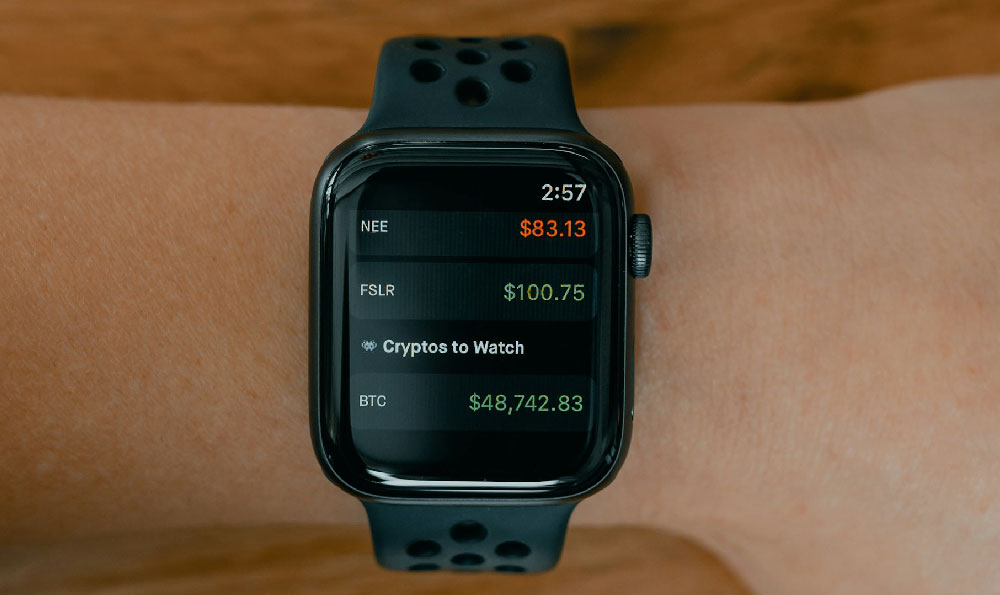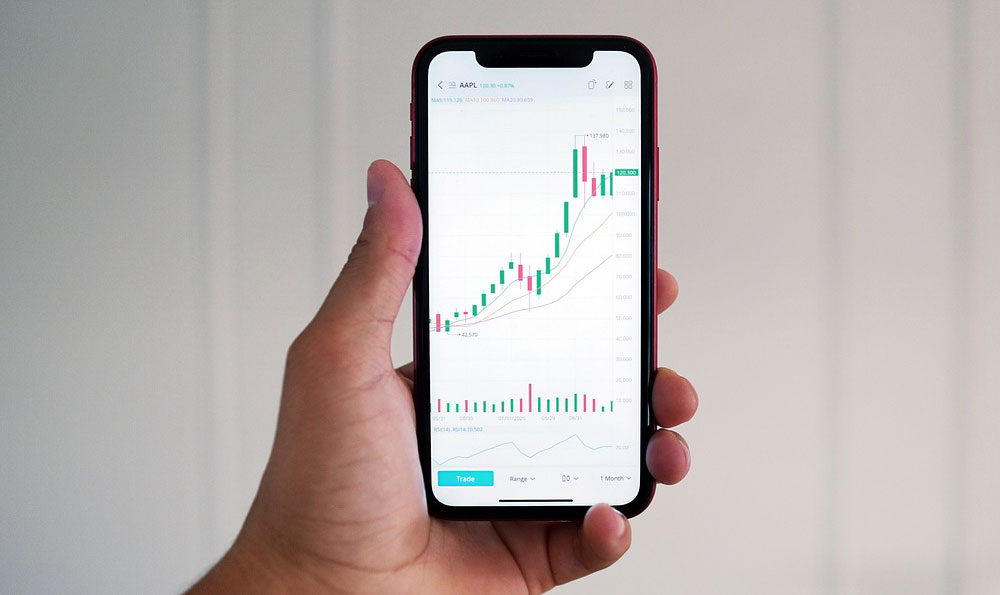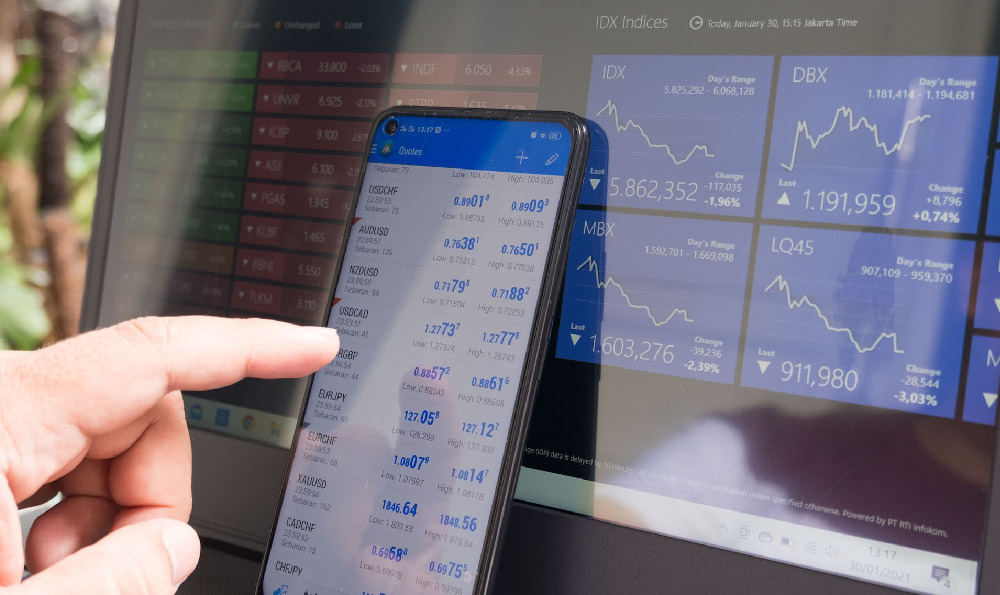The allure of documenting your life online and turning it into a profitable venture has captivated many. The promise of "blogging your life and making money" seems almost too good to be true, a shimmering beacon of financial independence in the vast digital landscape. However, beneath the surface of effortless income lies a complex interplay of passion, hard work, and strategic planning. Understanding this reality is the crucial first step towards transforming your daily routine into a source of wealth.
The core concept revolves around monetizing content generated from your personal experiences. This content can range from everyday activities, hobbies, passions, travels, or even the mundane routines of family life. The key lies in identifying a niche, a specific area of interest that resonates with a particular audience. Broad, generalized content rarely gains traction. For instance, instead of simply blogging about "cooking," you might focus on "vegan baking for beginners" or "quick weeknight dinners for busy professionals." This laser focus attracts a targeted audience more likely to engage with your content and, consequently, respond to monetization strategies.
Building a successful life-blogging platform requires more than just consistent content creation. It demands authenticity. Readers are perceptive; they can detect insincerity. Share your genuine thoughts, feelings, and struggles. Allow your personality to shine through. This fosters a sense of connection and trust, building a loyal following that values your perspective. It's not about presenting a perfect image of your life, but rather a relatable and honest portrayal of your journey. Vulnerability, when appropriate, can be a powerful tool for audience engagement.

Once you've established a consistent stream of high-quality content and cultivated a loyal audience, the next step is monetization. Several avenues exist, each with its own set of advantages and challenges. One of the most common is advertising. Platforms like Google AdSense allow you to display ads on your blog, earning revenue based on impressions or clicks. While relatively easy to implement, advertising revenue can be unpredictable and often requires substantial traffic to generate significant income.
Affiliate marketing offers a more targeted approach. This involves recommending products or services related to your blog's niche and earning a commission on sales generated through your unique affiliate links. For example, if your blog focuses on travel, you might partner with airlines, hotels, or travel gear companies. The key to successful affiliate marketing is recommending products or services that you genuinely believe in and that align with your audience's needs and interests. Transparency is crucial; always disclose your affiliate relationships to maintain trust.
Selling your own products or services presents another lucrative option. This could involve creating e-books, online courses, digital downloads, or even physical products related to your niche. For instance, a fitness blogger might offer personalized workout plans or recipe books. This approach offers greater control over pricing and branding, allowing you to maximize profit margins. However, it also requires a significant investment of time and resources in product development, marketing, and customer service.
Another often overlooked, yet effective method, is offering consulting or coaching services. Your blog, if successful, positions you as an expert in your niche. People are often willing to pay for personalized advice and guidance. This can be anything from offering writing coaching if you have a writing blog, to offering interior design consultations if your blog focuses on home décor.
However, success in the life-blogging realm doesn't happen overnight. It requires consistent effort, patience, and a willingness to learn and adapt. Treat your blog as a business. Develop a content calendar, track your analytics, and constantly experiment with new strategies to improve your reach and engagement. Don't be afraid to invest in your blog, whether it's hiring a designer to improve your website's aesthetics or attending a blogging conference to learn from industry experts.
A typical day for a successful life blogger might start with reviewing website analytics and social media engagement to identify what resonated with their audience the previous day. They might then dedicate a few hours to creating new content, whether it's writing a blog post, filming a video, or designing an infographic. This is often followed by promoting their content on social media, engaging with their audience in the comments section, and responding to emails. A portion of the day might be dedicated to networking with other bloggers and brands, seeking collaborations and partnerships. Finally, they might spend time researching industry trends, attending webinars, or taking online courses to improve their skills and knowledge.
The "way to wealth" aspect of life-blogging lies in the compounding effect of consistent effort and strategic planning. As your audience grows, your earning potential increases exponentially. However, it's important to diversify your income streams and avoid relying solely on one source of revenue. Just like any investment, diversifying your blog monetization will help provide a more stable income.
Ultimately, the path to transforming your life into a profitable blog is a journey, not a destination. It requires a genuine passion for sharing your experiences, a commitment to creating high-quality content, and a willingness to embrace the challenges and opportunities that come along the way. While the allure of easy money may be tempting, remember that success in this arena is earned through hard work, dedication, and a genuine connection with your audience. It's about finding the intersection of your passion, your skills, and your audience's needs, and then consistently delivering value. This creates a sustainable platform for growth and unlocks the potential for long-term financial success.












